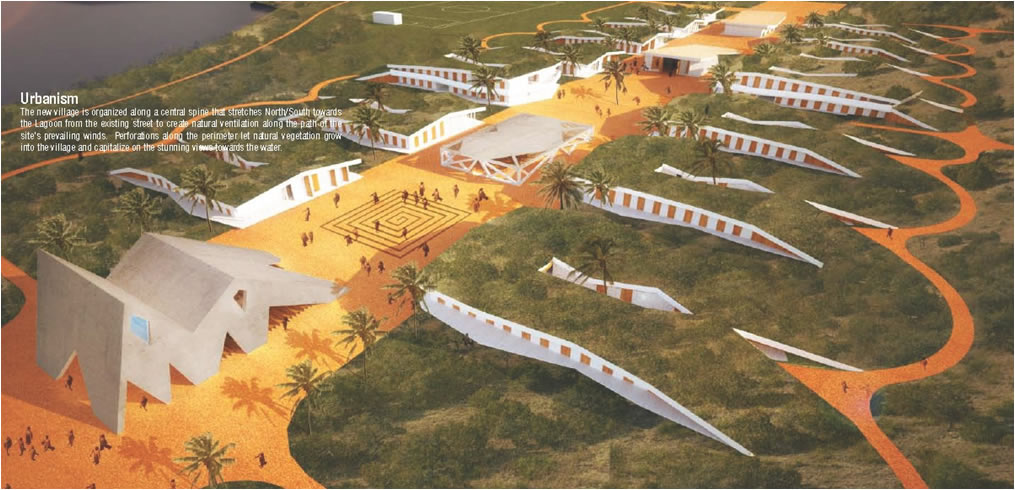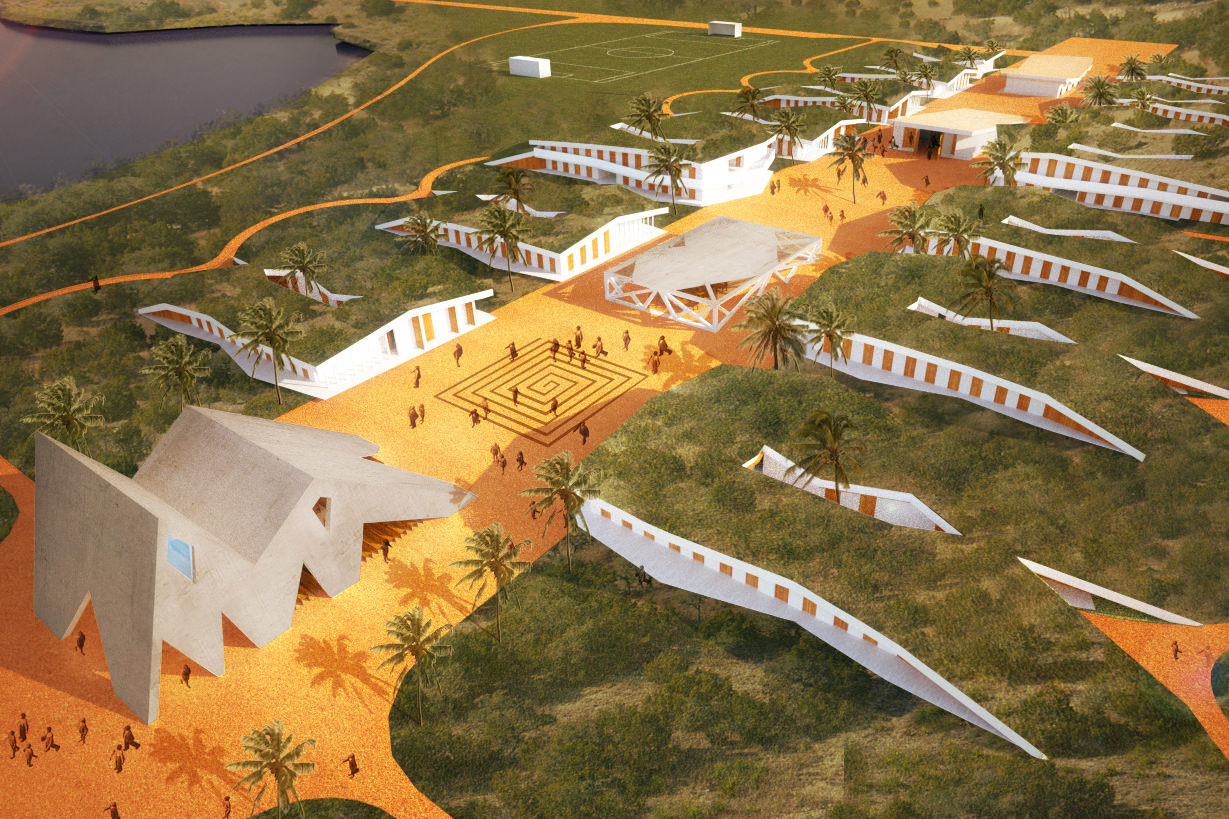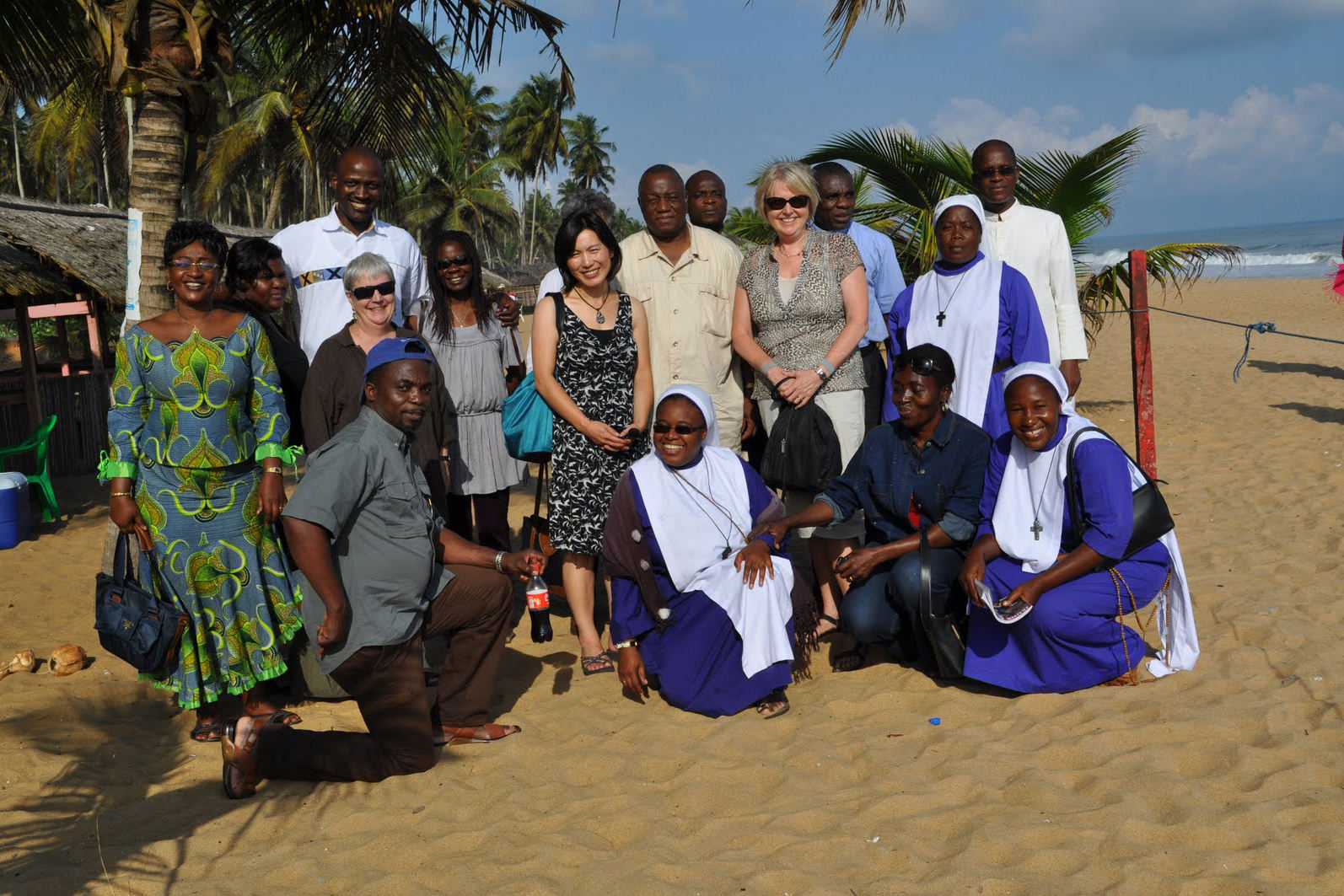Sitting in a design meeting for few hours one day, I was quite discouraged by how little we discussed about how we can make elders’ life better. Instead, 99% of the conversation focused on budget, materials, site restrictions, and how to fit public space and patients’ (not elders’) rooms into the square feet that had already been determined by a bank and a developer.
Since I could not think of anything I could add to the discussion, I was quietly listening, trying to understand how people can get so fascinated by building a building, simply forgetting about the people in the building.
Then one of the architects asked: “Do you need just one nurse station, or a main one with satellites? ” A developer answered “Staff members want it, so put them in.” So I finally opened up my mouth, saying: “It is an important operational question. Will the operator and nurses be willing to adapt to person-centered care or are they expecting to offer the staff-directed care routine for elders? We should first have a scenario for how elders will be cared, and then their living environment should be designed to accommodate the scenario.”
The developer quickly answered “I don’t know, because I don’t operate this building. But the last time we built a facility, staff members told me that they would like to have a nurse station. That’s why I need it.”
I practically fell off my chair. I was too frustrated to argue with the person, so I remained silent for the rest of the meeting.
Afterward, the developer came up to me and said: “Emi, we want to make a state-of-the-art, innovative building with innovative care. Tell me what we need in this building. Ten bullet points will be nice.”
I took a long pause. Then I answered: “I strongly believe that innovations comes from within. All I can suggest here is that we all need to re-focus on what is good for elders and the people who work there. They are the experts, not me or the people at this table. Can we humbly ask them to help us write a scenario based on their everyday experience and stories? Then, we may find our innovative ideas from what we learn from them. Design ideas will naturally follow, and I can certainly help you with this process. It may sound a bit harsh, but I have to deliver some news for you. Well-designed buildings can help facilitate a better place experience for users, but they cannot solve an organization’s problems.”
How did the person respond? “Emi, you are so academic. Life is not that simple.”
My last words was “I am learning every day that life is not simple. That is why I am inclined to keep asking questions of people who know about certain issues more than I do. I am a strong believer that innovations are hidden behind what we always do and what we already know. We don’t find it if we do not pay close attention to what is happening every day in long-term care settings. By the way, I take your comment about being academic as a compliment.”
On the way back from the meeting, I was wondering what innovative design and care mean for the people around the table, whose definition of innovation is probably completely different from mine.
The pictures below show how Ibasho worked with locals in the Ivory Coast to create a “village” that values its elders. This collaborative effort was eye-opening, fun, and satisfying for all of us.






